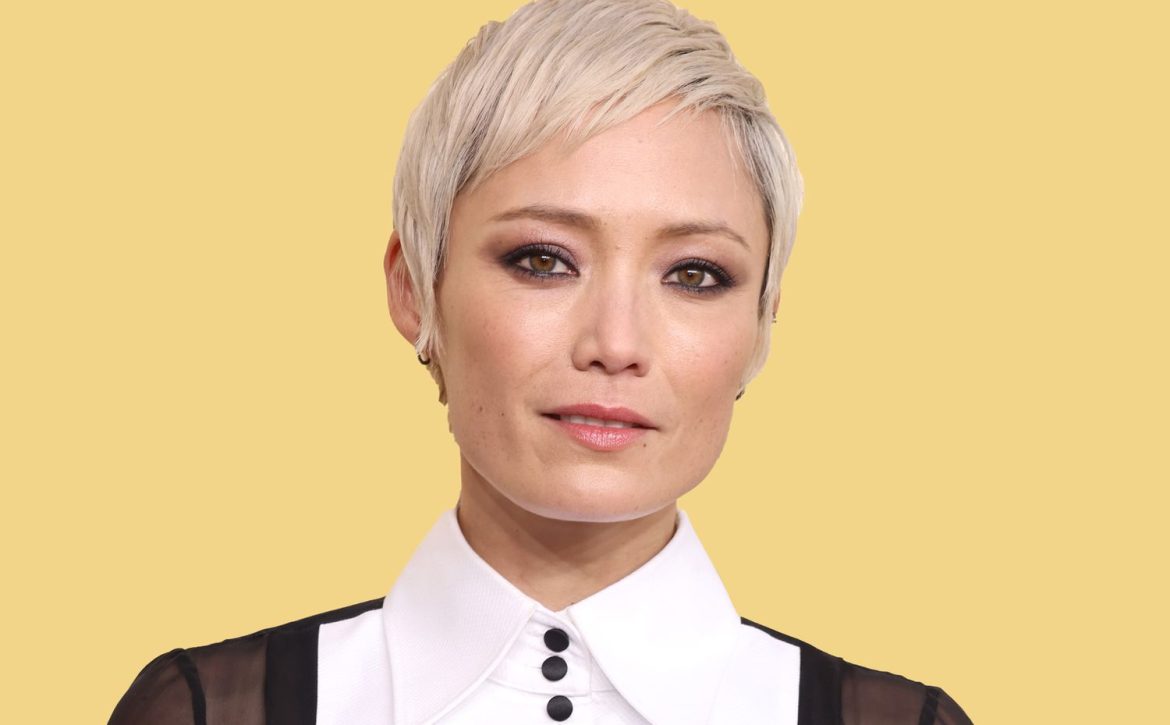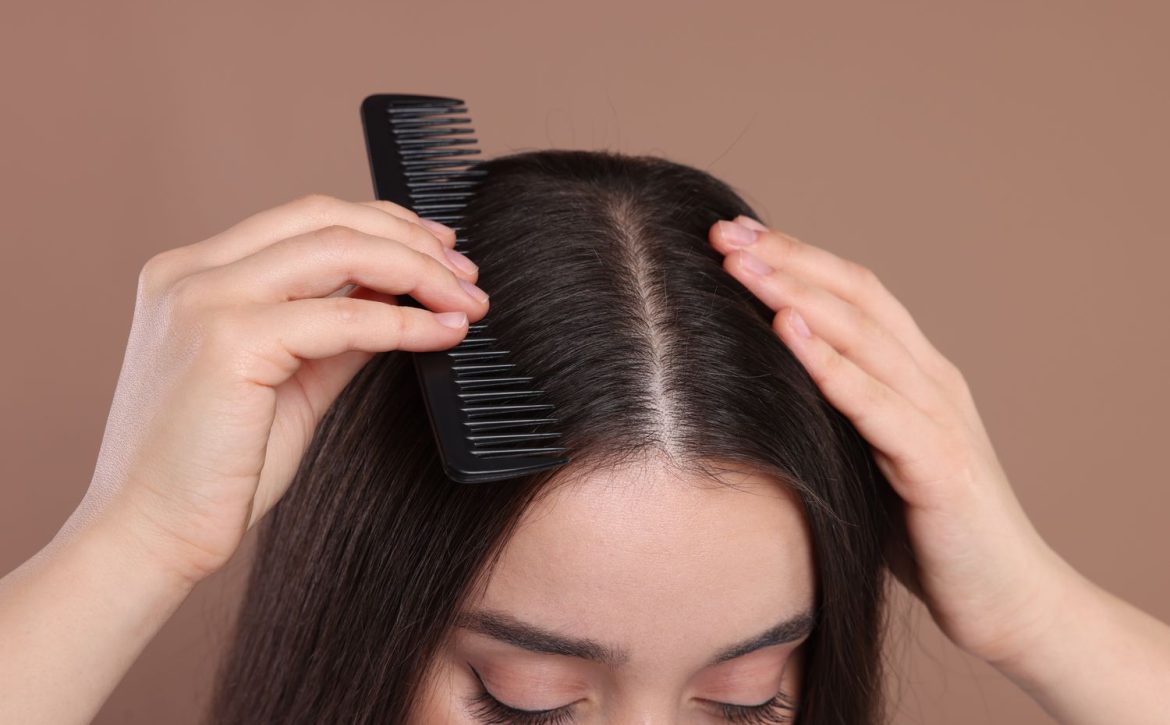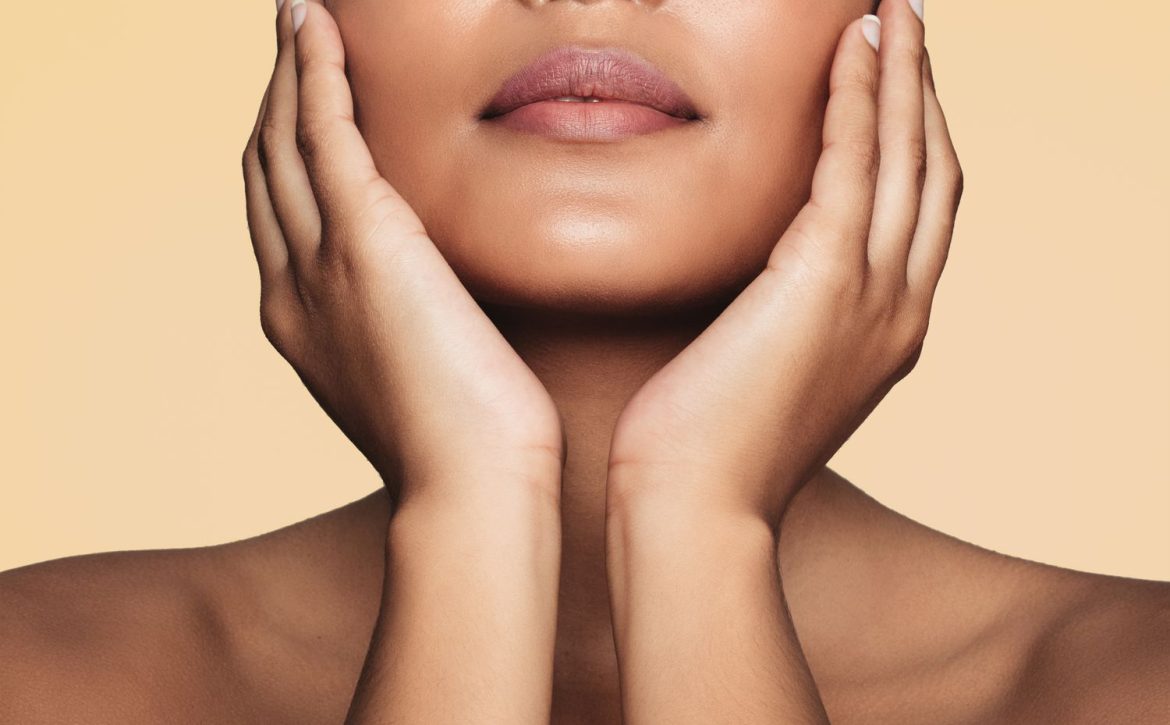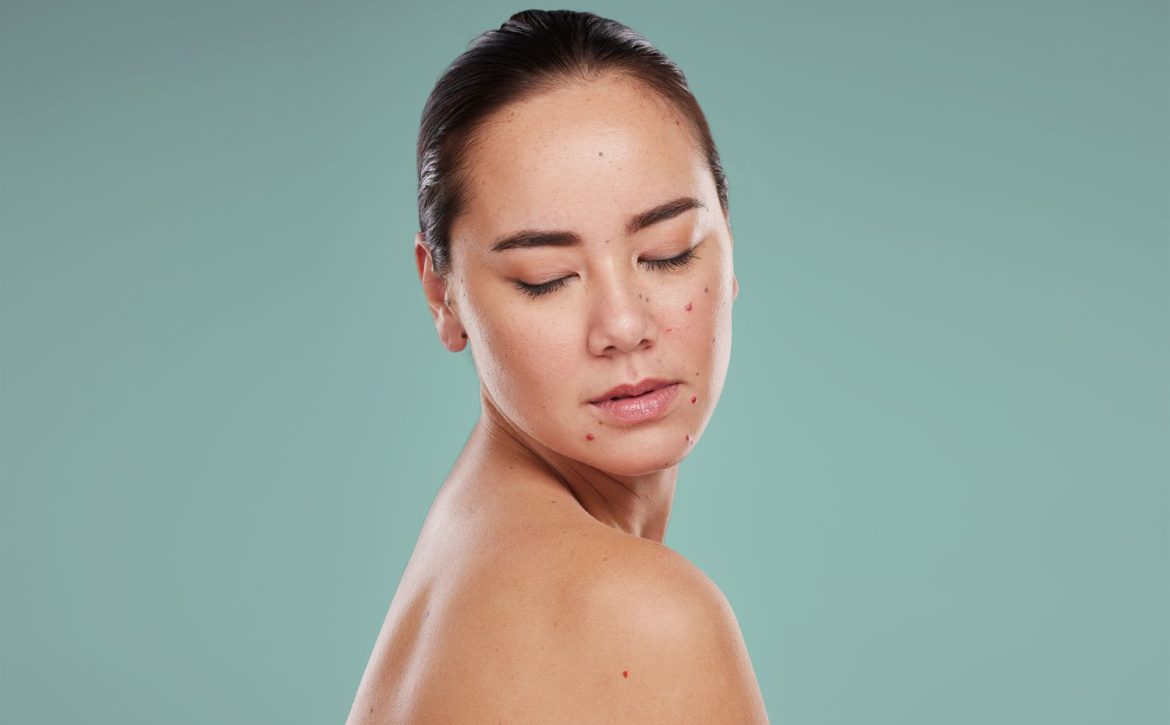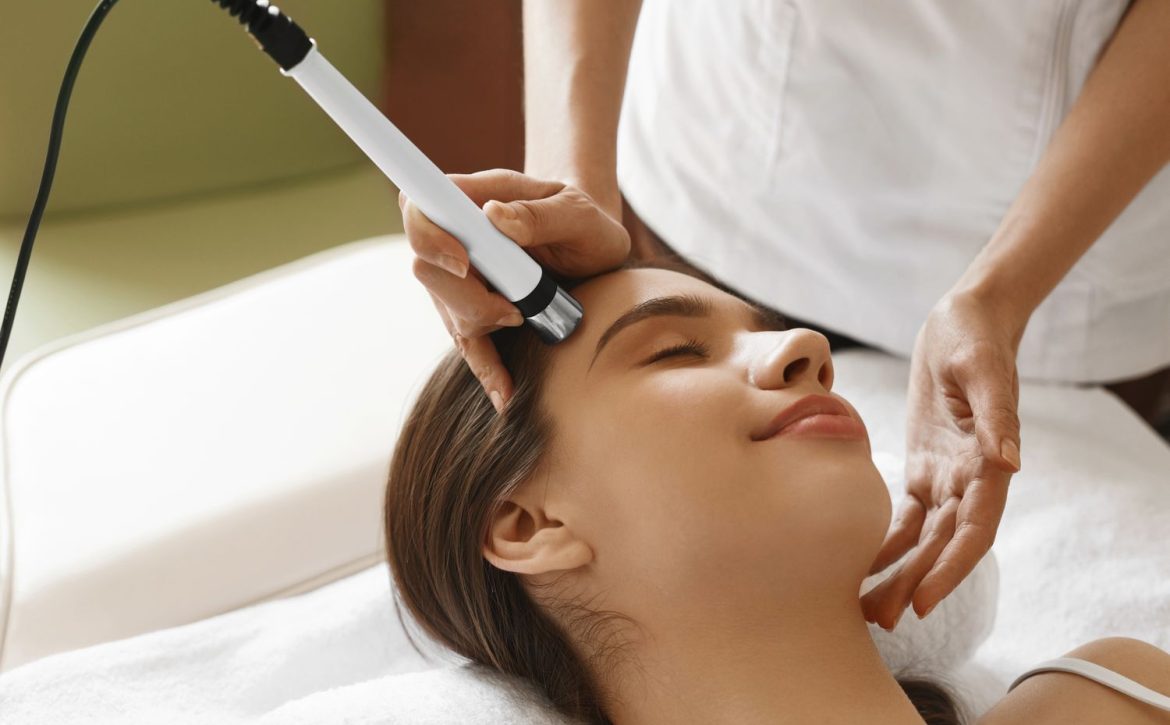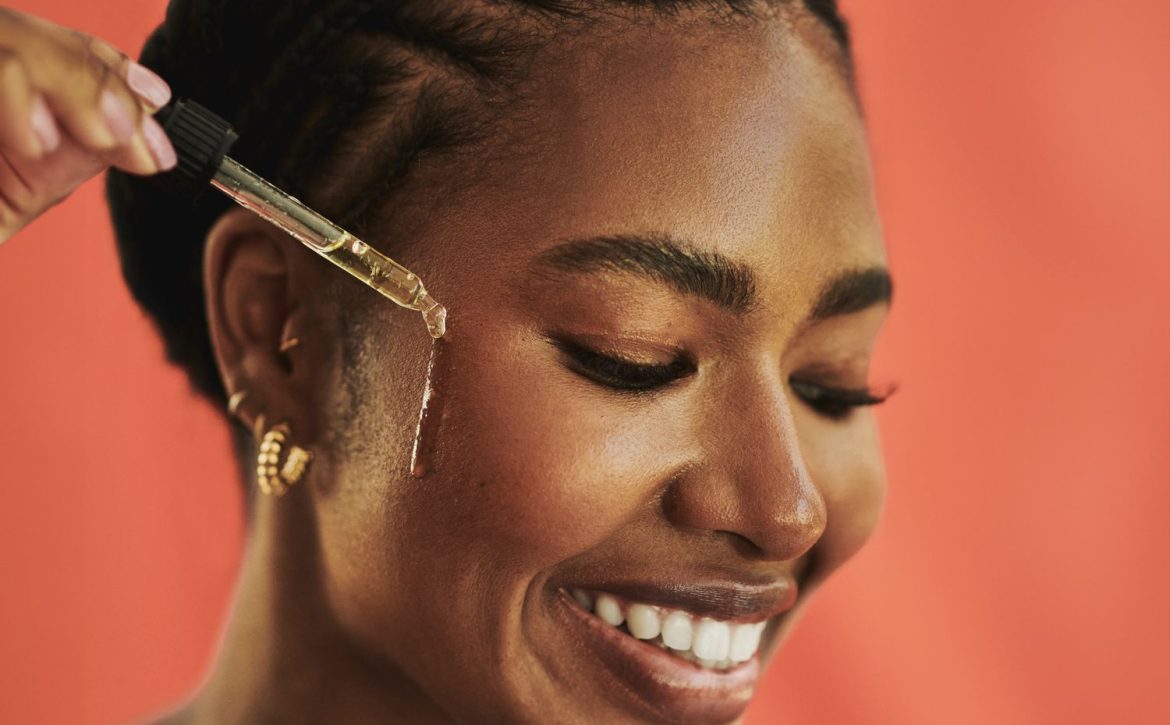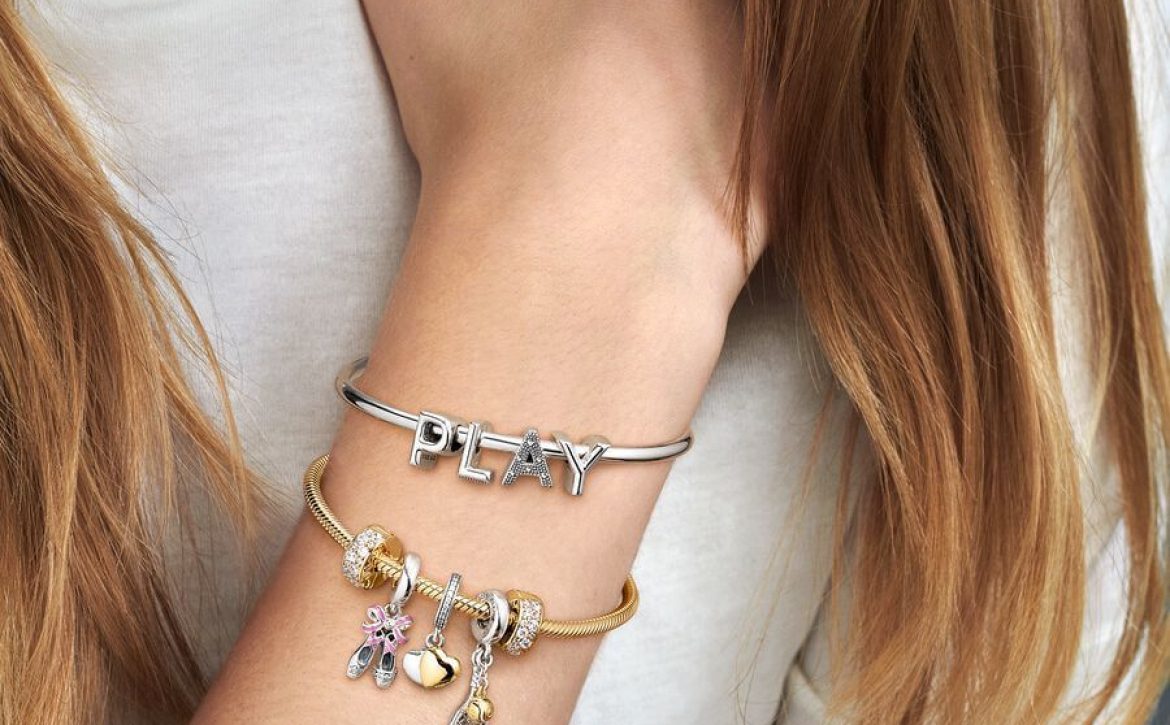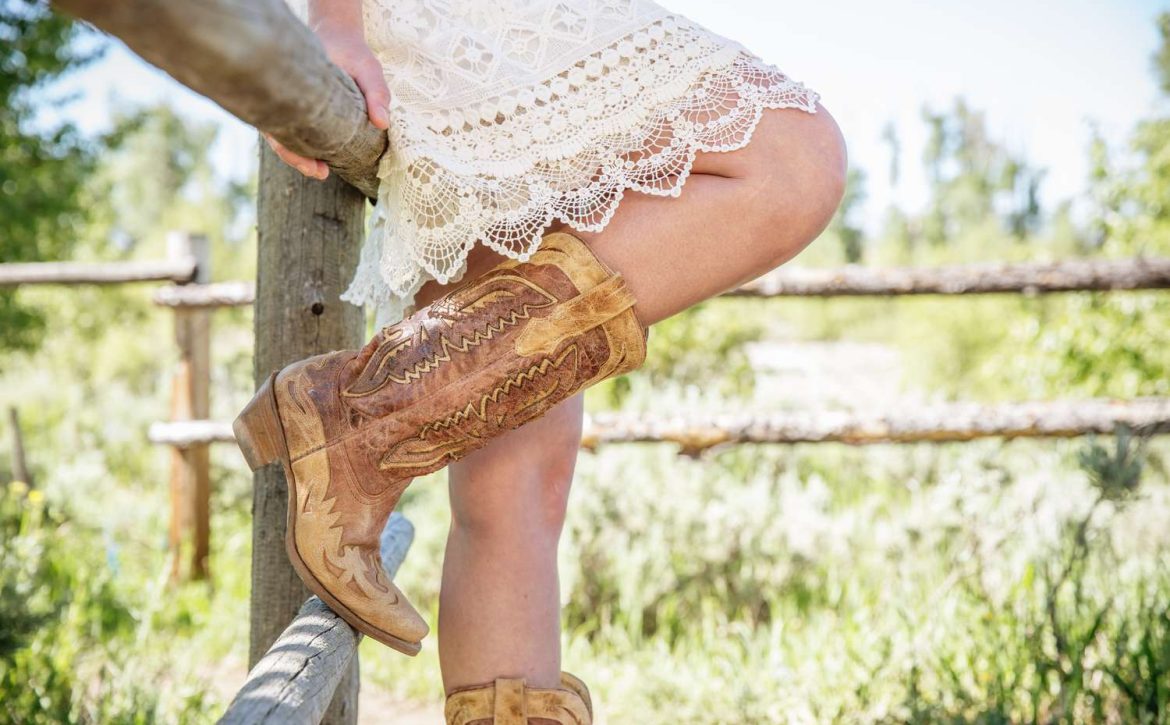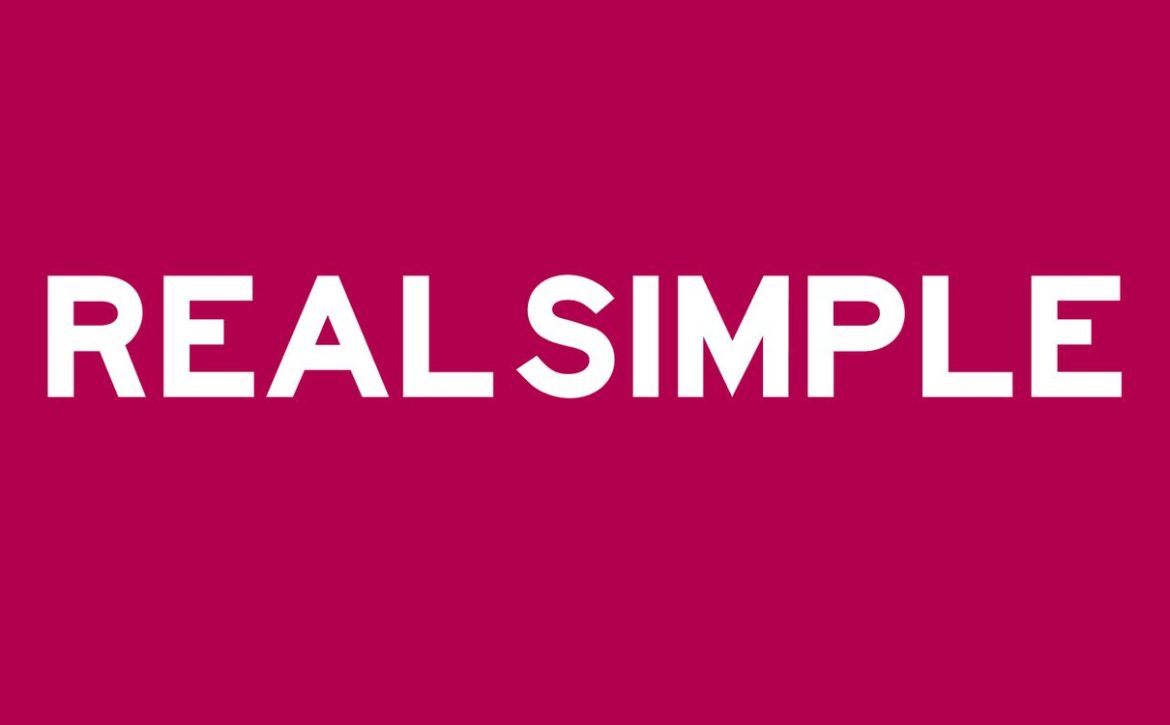10 Short Hairstyles With Bangs
The big chop is back—expect to see a ton of folks trading their long locks for a shorter (or super short) ‘do in 2024. Short hair with bangs is having a big moment, and can be seen on celebrities like Julia Garner, Florence Pugh, and Greta Gerwig.
“Textured, cropped hair with bangs is one of the main styles you can expect to see in 2024,” says celebrity hairstylist Andrew Fitzsimons. “This style is super stylish and chic, and beyond that, can be customized length-wise to suit any face shape and hair type.”
Below, we’ve rounded up the 10 best short hair with bangs looks, so you can have some inspo to bring to your stylist the next time you’re at the salon.
Traditional Pixie
Traditional pixies bring to mind Mia Farrow in Rosemary’s Baby. They tend to have a similar length around the head with variations on the perimeter; the nape, in front of the ears, or at the front hairline. “These are classic looks that can be simultaneously sweet and subversive,” says
Colin McCarthy, a stylist at Mark Ryan Salon in New York. “For this look, I would make sure to speak to your stylist about cowlicks and whorls to be sure the look will be achievable for you.” McCarthy recommends using a moisturizing product with shine daily for this style, like Oribe’s Supershine Light Moisturizing Hair Cream ($54, sephora.com) for control and texture.
Layered Bob with Side Swept Bangs
This style has long side bangs but with a shorter cut, which helps frame the face well. According to Fitzsimons, it has a dramatic side part that can soften your features. “This look is really great with a classic blowout. I recommend applying the Andrew Fitzsimons Body Volume Blowdry Spray ($16, ulta.com) on damp hair.Then, blow out the hair to your liking with a round brush, decide which side you want your bangs to flow, and you’re all set.”
Layered Bob with Front Bangs
This look calls to mind a shag without being a shag. “It sits at a real nice nexus between classic and rock and roll, depending on styling and the degree of layering,” says McCarthy. “It can be worn tousled or polished.”
This hairstyle is best suited for those with some natural texture to their hair, or the willingness to create some through styling. According to McCarthy, this look works best for people who tend not to want their hair to look, on most days, overly polished.
Choppy Lob with Side Bangs
This is a really great look to embrace your hair’s natural texture. “Choppy bangs add dimension to any short hairstyle and add more volume for finer strands,” says Fitzsimons. “With this look, I really enjoy working with the hair’s natural texture. To enhance your locks, I recommend using the Andrew Fitzsimons Apres Sexe Texture Spray ($16, ulta.com) for touchable, sexy tresses. If you are also looking to add moisture to your natural hair to define your curls, I recommend using the Salwa Petersen Oil of Chebe Hair Oil ($19, salwapetersen.com).”
Short Shag
This look is as if someone had a pixie that’s grown out. The texture of the cut should be soft, without hard lines, and likely some weight removal to create this soft and lived-in appearance. “I would ask my stylist to consider my density and texture if I were asking for this cut, and help me determine what proportions would work well for my face and body,” suggests McCarthy. “R+Co makes a great product called Aircraft ($36, amazon.com) that would be a great styling tool.”
Sleek Long Pixie with Face-Framing Bangs
Fitzsimons loves this look because it is super flexible with the ways you can style it. “Essentially, it is a pixie cut with face-framing bangs, and depending on the length of your hair, you can wear it slightly up with a few pins, or down,” he says. “It is a really soft look and a great way to start off with bangs if you haven’t had them before.”
Short Bob with Bangs
This haircut has a strong perimeter and strong bangs, exposing both the neck and the face. “Before getting this cut, I would consider my personal style and willingness to make a statement on a daily basis,” says McCarthy. “This is truly a signature look that stands out. I would inquire with my stylist about upkeep, as it’s a look that loses its impact quickly as it grows out.”
Updo with Front Bangs
This is great if you want most of your hair out of your face but still want to add a playful touch to the look. According to Fitzsimons, the updo is super versatile and can work for all hair types, and the front bangs can be styled straight or worn with your hair’s natural texture. “Consult with your stylist to see what type of front bangs and length is best suitable for you before making the big chop,” suggests Fitzsimons.
Modern Mullet
This look has short sides with length in the back and can be worn with the bangs down or up for a look that nods more strongly to a punk inspiration, according to McCarthy. “I think there’s a lot of variability in styling with this haircut, and Florence Pugh’s current grow out of a shorter cut has let her play with this,” he explains. “In this image, it’s really punk-inspired, but in others, it’s blown out, lending an air of Princess Diana.”
Shag with Feathered Bangs
This is an edgy and super sexy look. With short to medium-length hair, the bangs are super prominent within the style, most certainly making a statement. “Shag bangs do not have a continuous curve, so this is more of a feathered style, but the bangs mesh with the hair no matter what length, and will grow out nicely,” says Fitzsimons.
Similar to the choppy lob with bangs, working with your hair’s natural texture here is great. “To keep your hair’s natural texture in perfect condition, I recommend using the NatureLab. Tokyo Perfect Repair Leave-In Conditioner ($19, amazon.com) on damp hair for silky and healthy locks,” says Fitzsimons.


